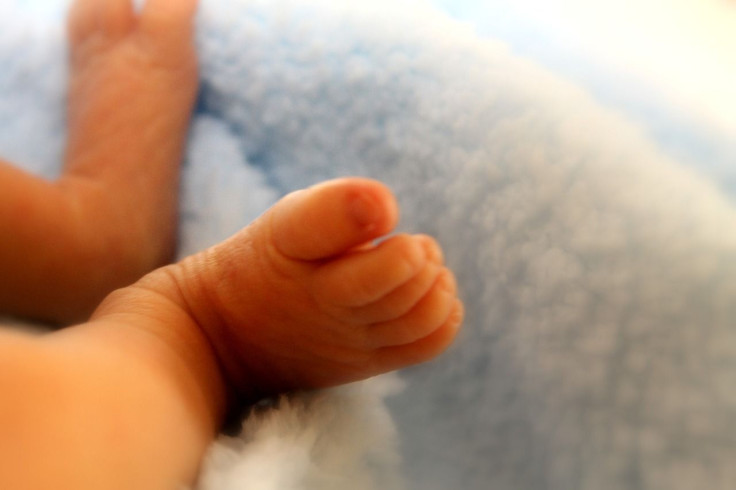You Are Not The Father: DNA Tests Confirm Twin Babies Have Different Dads Due To Superfecundation

When a set of Vietnamese male twins came out looking almost nothing alike, the family suspected there had been a mix-up in the hospital nursery. As they grew, their striking differences in appearance became harder and harder to ignore: One had thick curly hair, while the other's was straight and thin.
Finally, relatives convinced the parents to have the boys tested to see what was behind the differences in their looks. Lab results confirmed that the truth behind the boys’ contrasting features was even stranger than what the family had originally suspected. Although the brothers were born at the same time to the same mother, they had different biological fathers due to a rare occurrence known as superfecundation.
The brothers, now two-years-old, were born in the northern Hoa Binh Province and are believed to be the first case of bi-paternal twins, twins with different fathers, to have been born in Vietnam, Viet Nam News reported. In addition, they are reportedly one of only about ten such cases to ever have been reported in all of the world. The brothers are fraternal twins, siblings born at the same time that begin life as two separately conceived eggs. However, test results revealed that this particular set of twins were conceived by sperm belonging to two separate men.
Le Dinh Luong, president of the Genetic Association of Vietnam, the site where the boy’s genetic testing took place, told CNN that the family was indeed surprised by the test results, but declined to give more details on the case due to its personal nature.
Biologically speaking, two twins, or siblings born at the same time, can have different fathers as a result of superfecundation. This occurs when a woman has sexual intercourse with two different men and sperm from each fertilize two separate eggs during the same menstrual cycle. Though rare, this is not the first time the phenomena has been documented. Back in 2015 a New Jersey judge ruled that a father would only have to pay child support for one of his twin girls because the other was not biologically his own.
Experts are beginning to see more cases of bi-paternal twins due to the increased use of assistive reproductive technologies (ART), particularly among gay men. A woman’s egg only has a lifespan of 12-48 hours, while a sperm can live for between seven to 10 days. In order for superfecundation to occur, two men’s sperm must overlap during this tiny window of opportunity. However, in the case of some forms of ART, two gay men will ask that both of their sperm is purposely exposed to a female’s donated eggs. This ups the chances of superfecundation twins, and according to Dr. Jennifer Wu, an OBGYN at Lenox Hill Hospital in New York, as a result, “we’re seeing it [superfecundation] more often than we were in the past,” The New York Times reported.



























